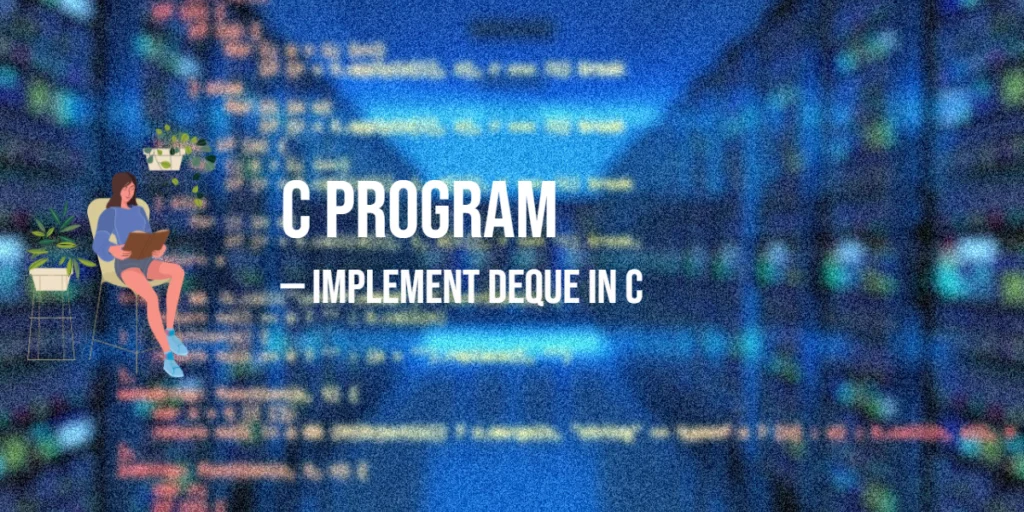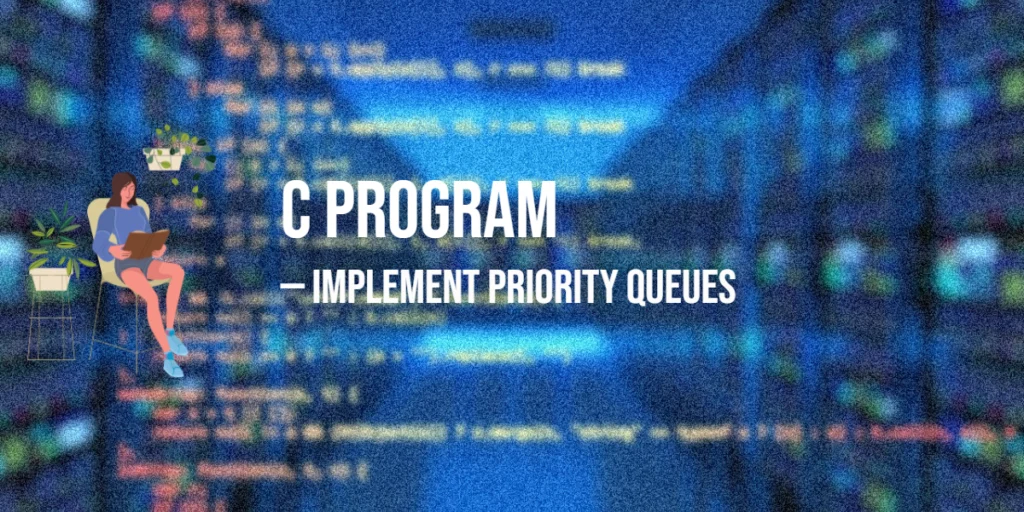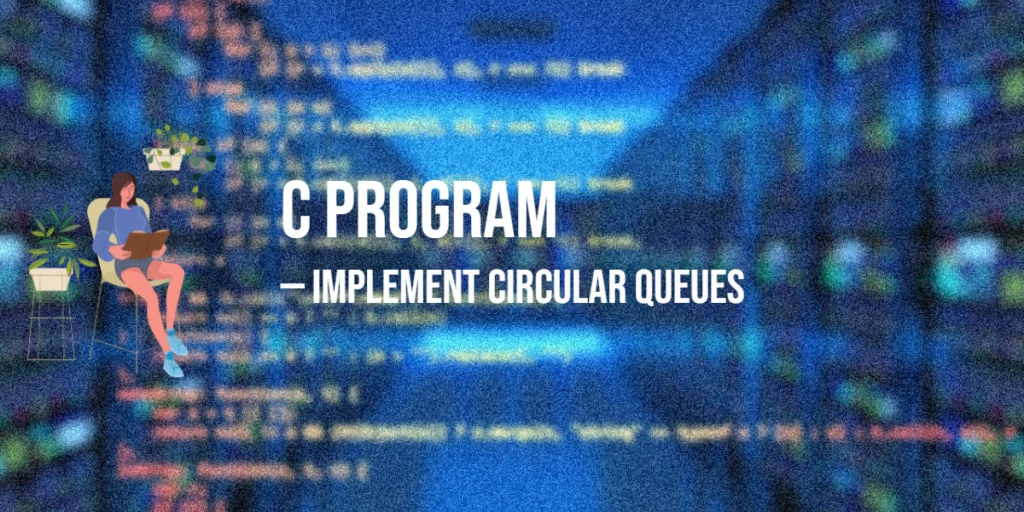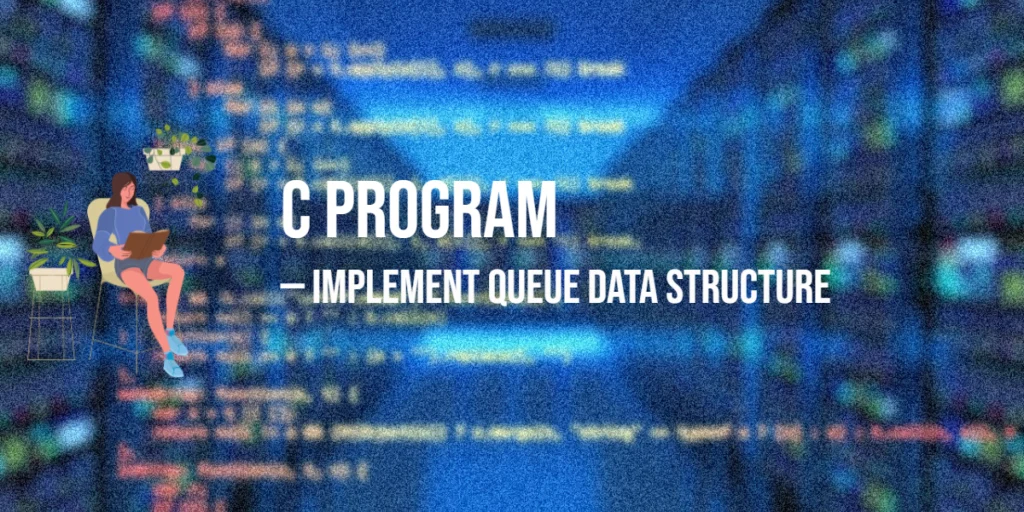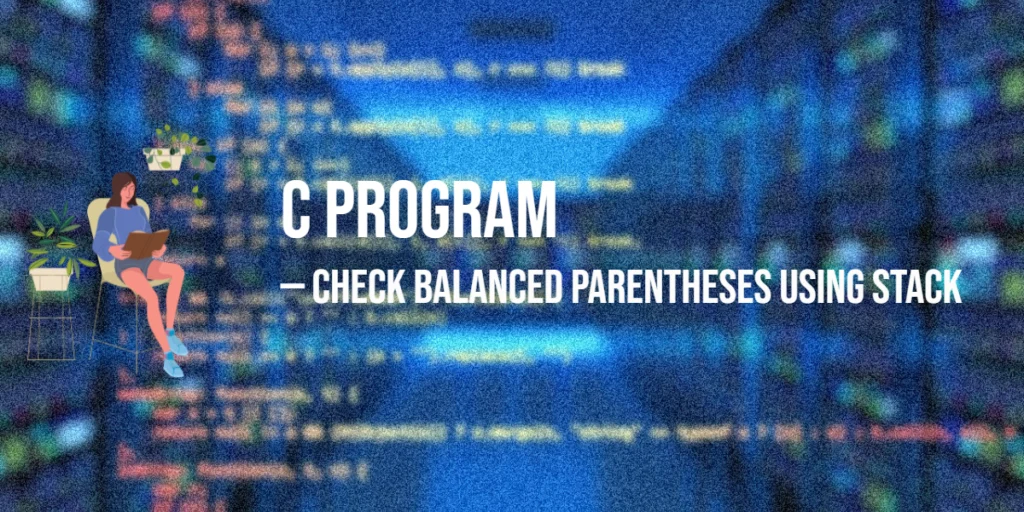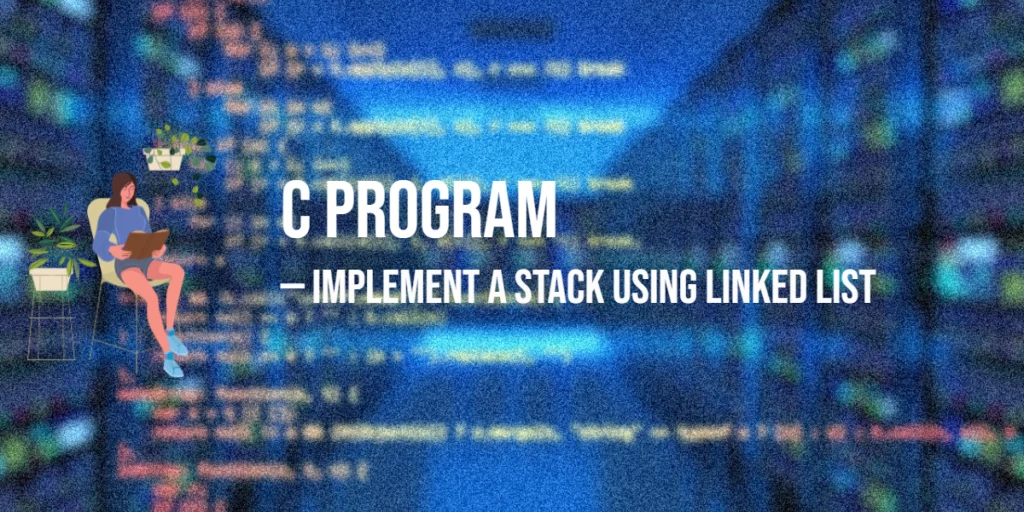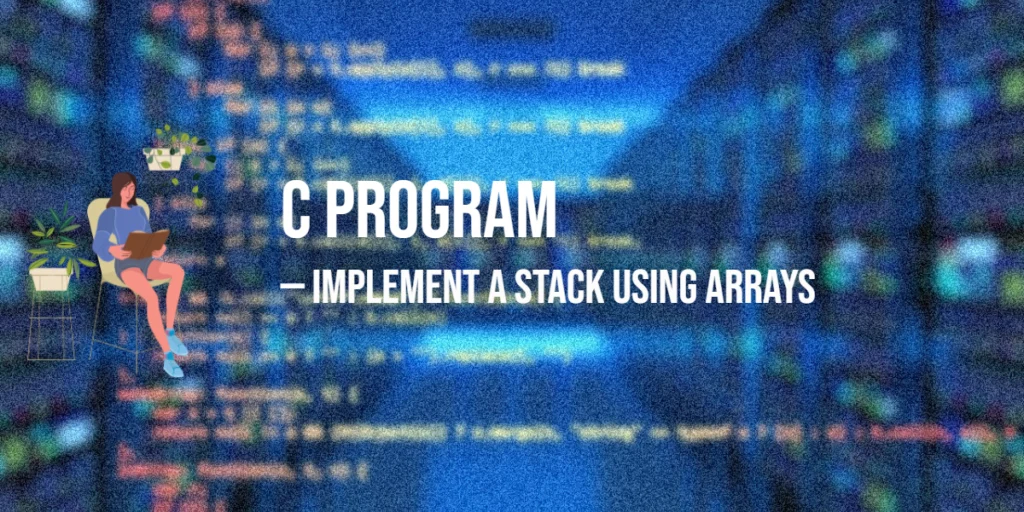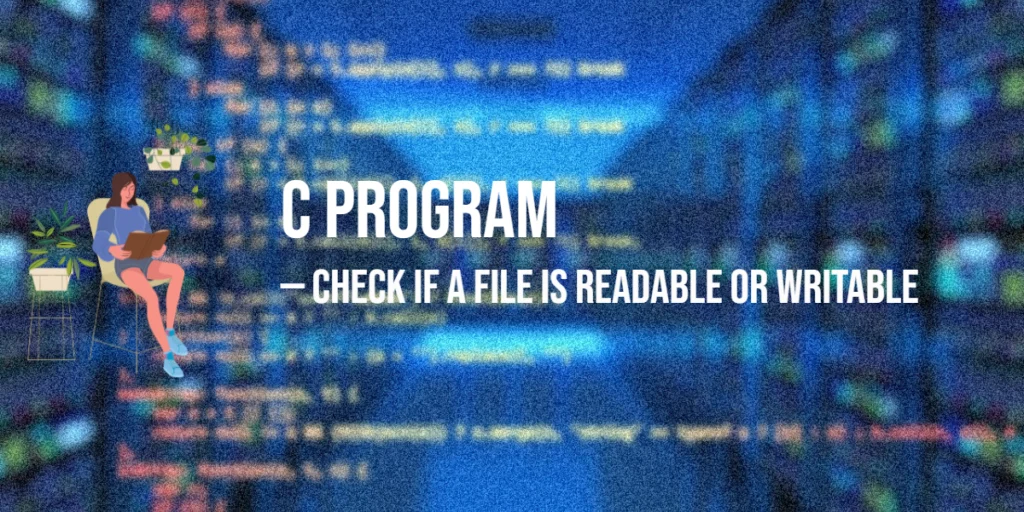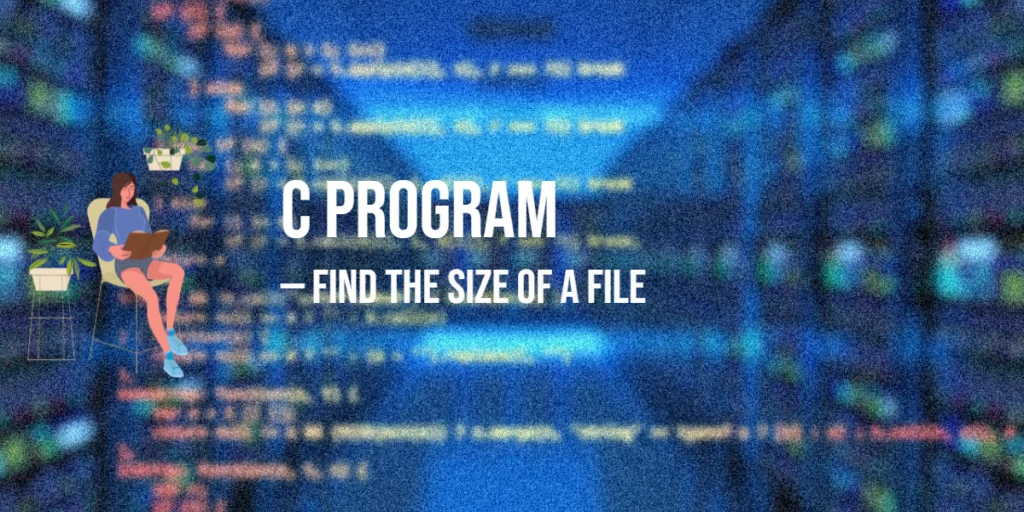C Program to Implement Deque in C
A deque (double-ended queue) is a linear data structure that allows insertion and deletion of elements from both ends: front and rear. This flexibility makes it more versatile than a standard queue, and deques are widely used in task scheduling, caching, and sliding window algorithms. This article demonstrates array-based and linked-list-based deque implementations in C, […]
C Program to Implement Deque in C Read More »
